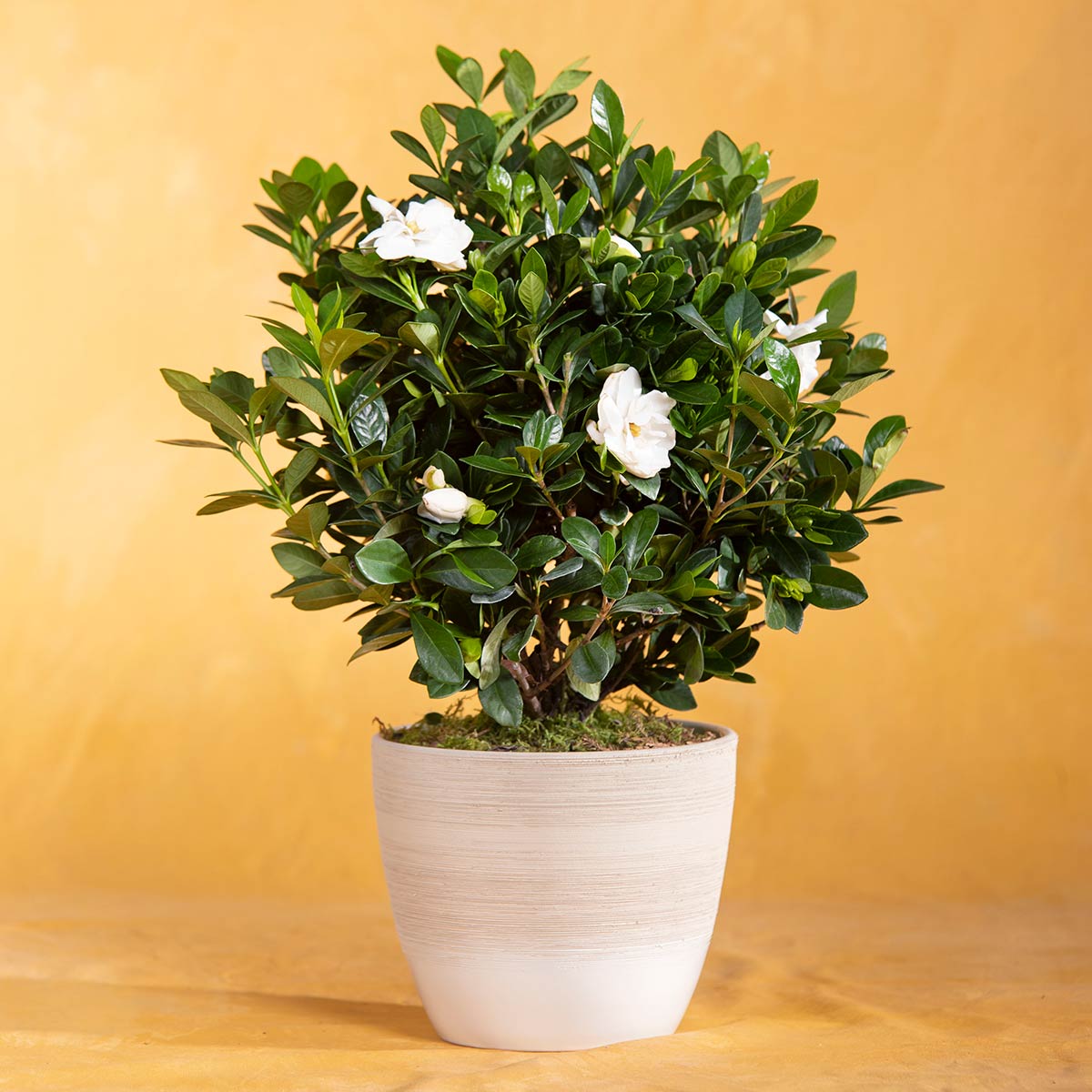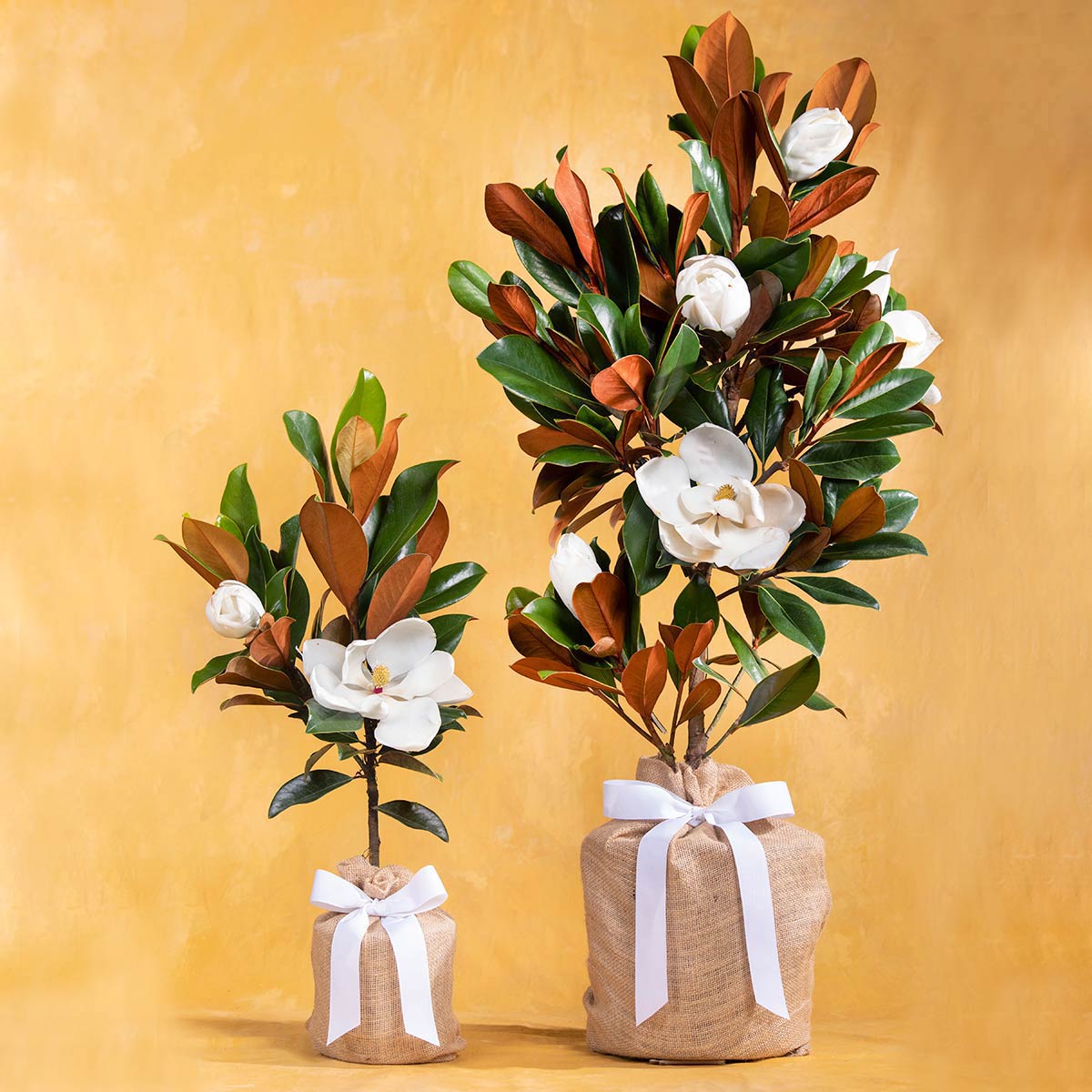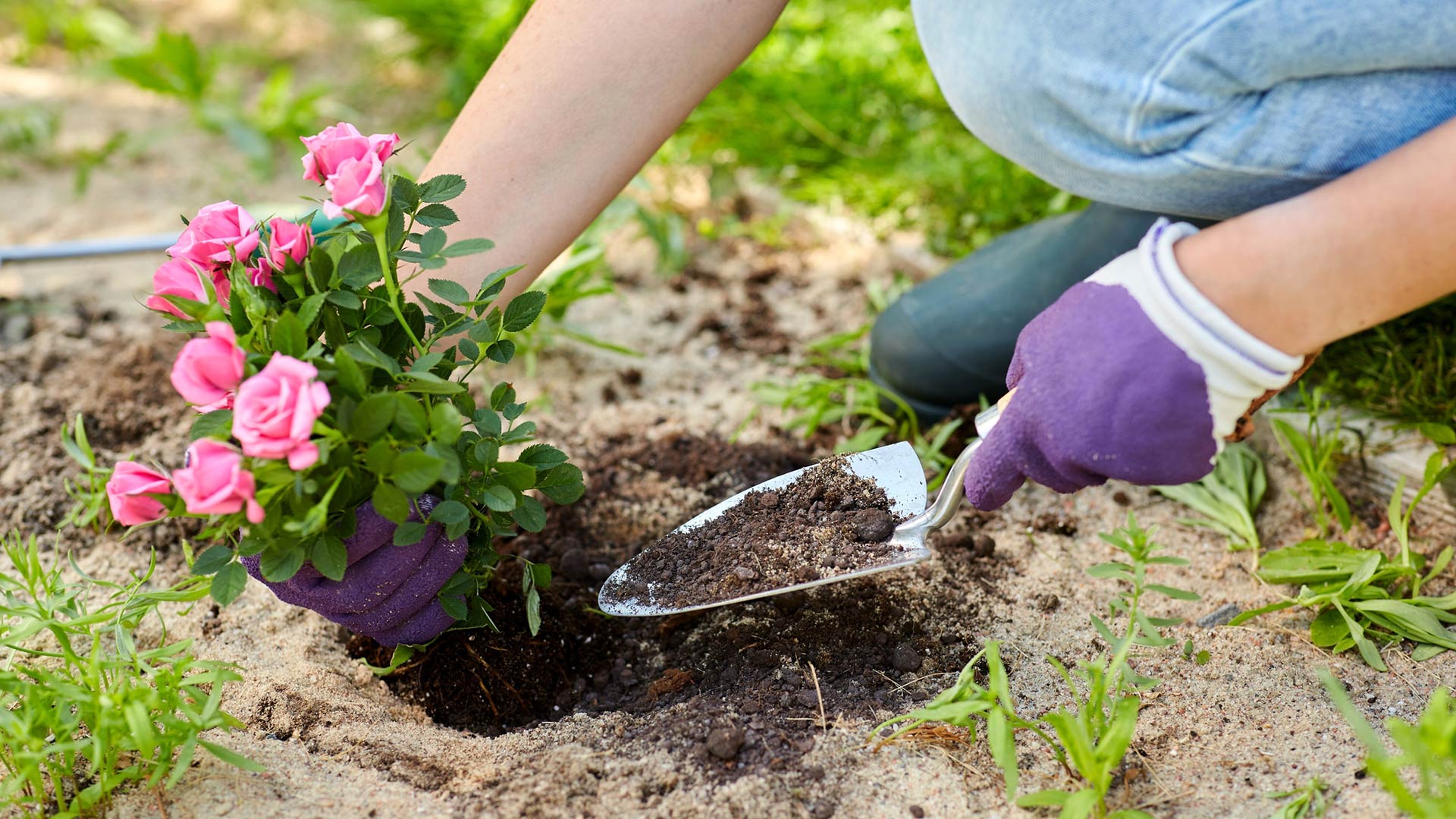Ah, spring. The season of blooming tulips, downy ducklings, and planting your potted plants. If you’ve been gardening for years you might know exactly when to plant your potted fruit trees, roses, etc.
But, if this is your first time growing something like a beautiful potted gardenia indoors, you might not be sure of the best time to plant it outside in your garden. Luckily, we’ve been perfecting this art for the past two decades on our magnolia farm. So we’re here to help!


Why Grow Potted Plants Indoors
There are a lot of lovely plants that can be grown indoors during the winter including lemon trees, avocado trees, red drift roses, and more. Growing plants indoors is especially useful for those who live in colder climates and whose plants wouldn’t survive the winter outside.
Just be mindful of the fact that some plants, like avocado trees, grow to be quite large. So, it’s only possible to grow them in a container for a short amount of time.
Another reason why you might be growing a plant indoors is to grow it to be large and strong enough to survive outdoors. If you’re looking to plant a potted tree outdoors, we suggest waiting until it’s at least 3 ft tall. If not, squirrels or other animals will likely destroy your little seedling.
When to Plant Potted Plants Outdoors
Now that we’ve gone over some of the reasons you might grow a potted plant indoors, let’s talk about the best time to move your plant outside.
There are a few factors that go into choosing the best time to plant your potted plant outdoors:
- Your USDA plant hardiness zone, which is the standard by which gardeners and growers can determine which plants are most likely to thrive at a certain location. We’ve shared a map of the USDA plant hardiness zones above, but you can learn more about it on their website.
- What type of plant, flower, or tree you’re growing.
- The hardiness of your plant
What Time of Year to Move Your Potted Plants Outdoors
The time of year that you move your potted plants outdoors depends greatly on your USDA plant hardiness zone and the plant hardiness zone of your plant, tree, or flowers. Each plant can only survive at a certain temperature range and looking up its plant hardiness zone will help you decide when exactly to move it outside.
Here in Florida, our USDA plant hardiness zone is 9B, which means something like a Southern Magnolia Tree, which can grow in zones 7-9, can be planted right at the beginning of spring. But, for example, if you lived in zone 11, you should not plant that magnolia tree outdoors.
Since our spring comes a little earlier than spring in somewhere more north in Virginia, we usually would plant a magnolia tree in the beginning of March. Whereas someone in Virginia would plant it in April.
The most important thing to consider is the temperature that the plant can survive in. While plants are young they are more delicate so a late-spring freeze will do more damage to them than a full grown tree.
If you live further north, you can plant your potted plants, fruit trees, and flowers outdoors come springtime as long as the temperature won’t drop beneath its temperature tolerance.
How to Plant Your Potted Plants Outdoors
Now that you know if and when you can plant your potted plants outdoors, it’s time to talk about how to plant your potted plants outdoors.
Earlier we mentioned how the hardiness of your plant can affect when you plant it outdoors, but it can also affect how you plant it.
If you’ve been growing your plant indoors, your plant is used to filtered sunshine and regulated temperatures. This means that plants can experience shock if they’re put outside without being hardened off.
- Harden off your plant
To harden off your potted plant, all you have to do is gradually move them into more direct sunlight over a seven-day period. This helps them fully adjust to outdoor conditions.
You can do this by leaving your plant in filtered sunshine for a few hours at a time and then slowly increasing the amount of hours they have in the sunshine. Eventually they’ll be able to thrive in full sunshine, depending on the plant.
Furthermore, you can consider placing them in a protected outdoor area at first so that they can adjust to the elements, including wind. - Prepare your planting location
You can do this by making sure your planting location will receive the right amount of sunlight and water for the type of plant you’re planting. This is also an important time to make sure the soil matches the soil type needed by the plant.
Next, you’ll need to dig a hole that is 2-3 times wider than your root ball. The hole should be as deep as the root ball is tall. We also suggest adding some water into the hole and a little bit of soil with fertilizer to make sure the plant has everything it needs when it's planted. - Take Your Plant Out of the Pot + Inspect It
Now that your planting location is ready, it’s time to make sure your plant is ready to be planted. Once you take it out of the pot, we suggest doing a quick inspection of its roots. Cut off any dead or damaged roots and then set your plant in the prepared hole. Finally, fill the hole with soil around your plant. - Give Your Plant Some TLC
Congrats your plant is almost finished being planted! All you have to do now is give your plant some TLC. You can do this by adding compost and/or slow-release fertilizer around your plant. You’ll want to water it as well to make sure the soil is nice and moist.
And there you go, you did it! You’re ready to plant your potted plants outdoors. If you have any other questions, feel free to reach out to us by contacting us here.

